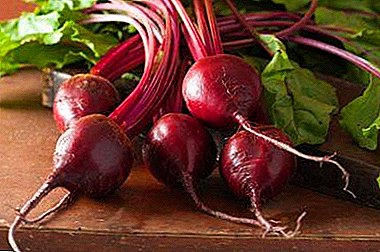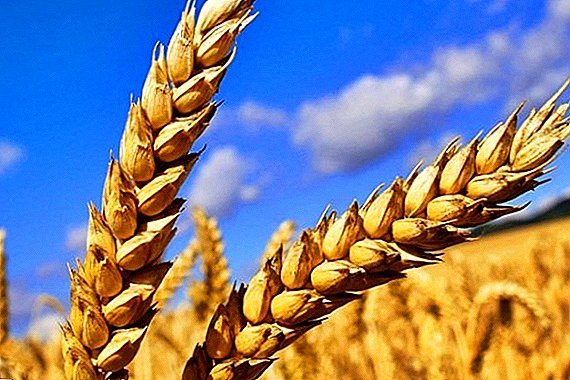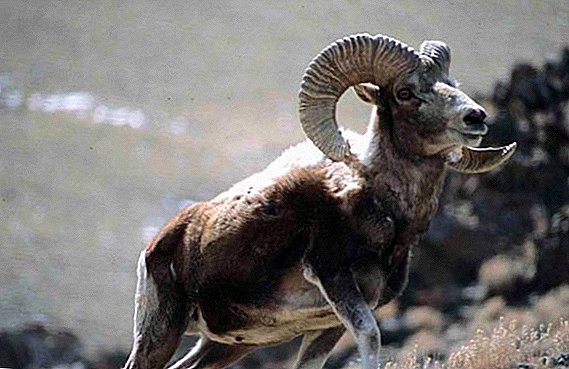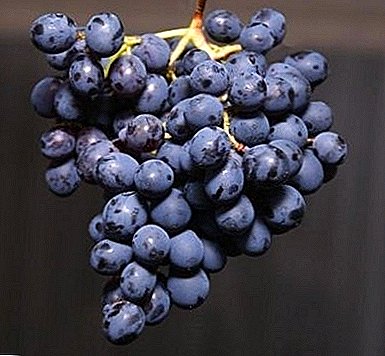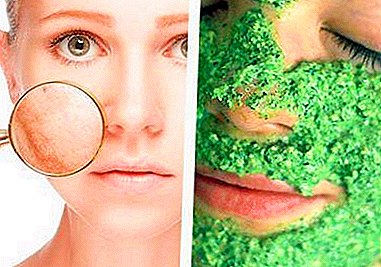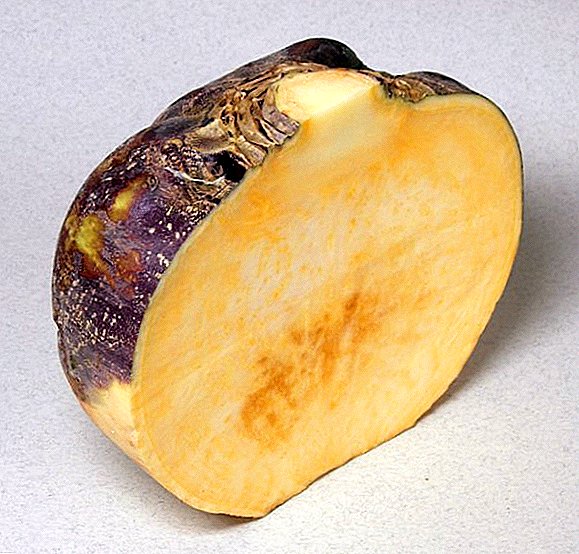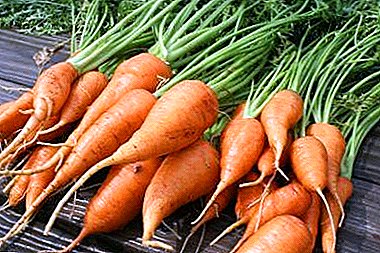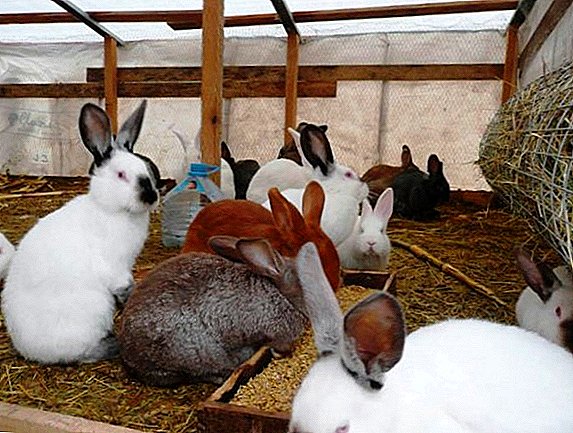 Coccidiosis is an infection of the liver, gallbladder, stomach or intestines of rabbits with coccidia (unicellular parasites). The danger of this disease is that, spreading between the cells with animals, in the end result causes their death. Koktsidiostatiki designed to heal animals, as well as to prevent disease, and in this article you will read about how to properly apply them.
Coccidiosis is an infection of the liver, gallbladder, stomach or intestines of rabbits with coccidia (unicellular parasites). The danger of this disease is that, spreading between the cells with animals, in the end result causes their death. Koktsidiostatiki designed to heal animals, as well as to prevent disease, and in this article you will read about how to properly apply them.
The principle of action of coccidiostats
Coccidiostats are veterinary medicine products intended to kill or delay the development of coccidia. They are obtained by chemical means or with the help of microorganisms. The bulk of them are antibiotics, they can cause severe intoxication in animals.  Once inside, the drugs not only eliminate the consequence of the lesion (poor condition of the coat, diarrhea, weight loss, bloating and pain in the abdomen), but also affect coccidia. They affect the processes of carbohydrate metabolism of single-cell, lead to disruption of cell division of cells, and cover different stages of their development.
Once inside, the drugs not only eliminate the consequence of the lesion (poor condition of the coat, diarrhea, weight loss, bloating and pain in the abdomen), but also affect coccidia. They affect the processes of carbohydrate metabolism of single-cell, lead to disruption of cell division of cells, and cover different stages of their development.
Important! It is recommended to change from time to time one coccidiostatic to another in order not to cause addiction to coccidia.
Instructions for use
For rabbits, these types of coccidiostats are recommended:
- Baycox;
- "Tolitox";
- Solicoks;
- "Diakoks".

Baycox
Baycox is a drug from Bayer for the prevention and treatment of coccidiosis in rabbits. The main active ingredient is toltrazuril, it is marketed as a solution. There are 2 drug options:
- toltrazuril content of 2.5% (25 mg per 1 ml);
- the content of toltrazuril is 5% (50 mg per 1 ml).
Find out what should be the rabbit keeper in the first aid kit.
"Baycox" 5% is poured into animals in the mouth without diluting with water, or mixed with food, calculating a dose of 0.2 ml of product per 1 kg of body weight. The drug is given to animals for 2-3 days in a row, with the acute form of the disease - 5 days. The tool can be used for the prevention of coccidiosis. In this case, twice a year, 1 ml of a 2.5% aqueous solution is dissolved in 1 liter of water and poured into drinkers. 
"Baykoks" can not be given:
- baby rabbits up to the age of 3 weeks;
- pregnant and nursing rabbits;
- weakened animals;
- animals weighing up to 400 g
Did you know? A two-kilogram rabbit needs as much water as a ten-kilogram dog.
"Tolitoks"
Like the previous remedy, Tolitox contains toltrazuril in an amount of 25 mg per 1 ml and is used for the prevention and treatment of coccidiosis. Instructions for use and dosage of the drug is similar to "Baycox" 2.5%. 
"Solikoks"
The main advantage of the drug "Solikoks" is that the main active ingredient diclazuril is so low toxic that after its use it is not necessary to observe the quarantine period before the slaughter of animals. The tool has proved its effectiveness in combating all types of coccidia in rabbits. "Solikoks" can be combined with antibiotics, other drugs, various foods, water.
Important! If you decide to give the rabbits "Solikoks" with water, then to 10 liters of water you need to add 1 liter of the drug, that is, you must first pour water into the mixing tank.
He has practically no contraindications and side effects. Rabbits "Solikoks" can be given in pure form (the drug is sold in the form of a viscous liquid) or diluted with water. The dosage of the drug is 0.4 ml per 1 kg of rabbit weight for 1 day, you need to use 2 days in a row. 
"Diakoks"
Dicoxuril is the drug with the same "Solicox" active ingredient "Diacox", but its difference is that it is available in powder form. "Diacox" can not be dissolved in water, since crushed wheat grits are added to it as an auxiliary substance, therefore the agent is mixed with feed.
Did you know? In the process of chewing, rabbits move the jaw 2 times in 1 second.
"Diakoks" recommended for the treatment of coccidiosis in rabbits from the first day of life. On 1 kg of body weight of the rabbit give 0.5 g of "Diacox", which corresponds to 1 mg of the active substance. In order to evenly mix the drug with the feed, the appropriate dose of Diacox is carefully mixed in a small amount of feed, then poured into the rest of the feed and again mixed thoroughly.
Prevention of coccidiosis: basic rules
To prevent coccidiosis, the following rules must be followed:
- Solder with coccidiostatics.
- Do not feed animals with low-quality low-quality feed.
- Follow the rules of hygiene, adhere to cleanliness in cages, feeders and drinking bowls.
- Enrich animal menu with vitamins and minerals.
- Do not change dramatically feed.
- Do not allow dampness.
- To protect animals from drafts.
- Do not allow sudden changes in temperature in the place of detention.
- When buying new animals, temporarily isolate them until the presence of the disease is ascertained.
- Control that the protein content in the feed does not exceed 10%.
Important! The increased protein content in the diet contributes to the accelerated development of coccidiosis.Thus, in the fight against coccidiosis in rabbits, the Baycox, Tolitox, Solikox, and Diacox coccidiostats showed their effectiveness. They can be given in pure form or mixed with food, water. However, any disease is easier to prevent than to cure, so each rabbit breeder must comply with preventive measures.


